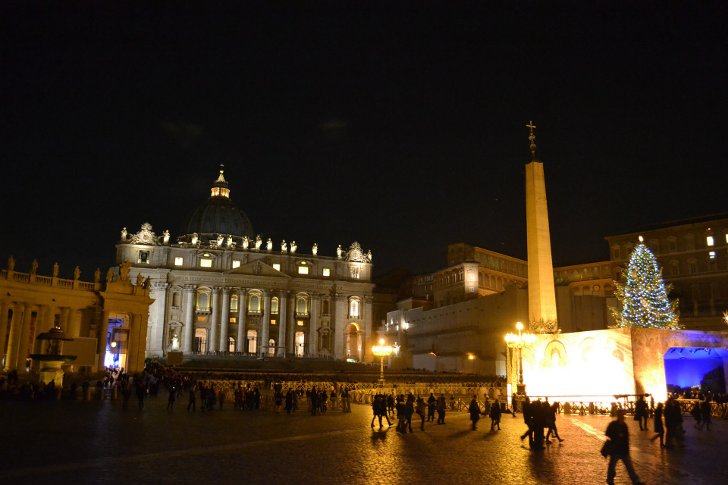The Christmas market in Piazza Navona is located in the very heart of Italy’s capital and surrounded by a magnificent architectural ensemble (the piazza is a splendid example of Baroque architecture). So even those who aren’t going to buy anything can’t resist the temptation to visit the market and enjoy the view and atmosphere. However, the temptation to buy something at the fair is almost irresistible because merchants offer an impressive array of Christmas goods.
The Rome Christmas market features several dozen stalls where you can buy beautiful Christmas decorations, nativity figurines, handmade toys, handicrafts, jewelry and accessories, various souvenirs from different parts of Italy, etc. However, it should be noted that the Christmas market in Piazza Navona features more mass-produced goods than other European Christmas markets. So if you want to find something really unique, you will have to pay a little more effort.
Food stalls offer a variety of traditional Christmas treats and local delicacies such as roasted chestnuts and almonds, candy floss, delicious Italian cheeses, panettone (famous Christmas sweet bread with candied fruits and raisins), pizzelle (traditional waffle cookies), biscotti (also known as cantuccini, another type of cookie), and more. As far as drinks are concerned, vendors offer Italian wines, coffee, tea, and various liqueurs. Mulled wine and punch which can be found at traditional Christmas markets are less popular here.
Although the Rome Christmas market isn’t like the traditional German-style Christmas markets, it has its own charm. And while you’re in Rome, you can also visit the exhibition of nativity scenes at the Basilica of Santa Maria del Popolo located on the north side of Piazza del Popolo. The exhibition showcases about 200 cribs from all regions of Italy and 25 foreign countries. It was launched in 1976 to bring back the tradition of making traditional nativity scenes, also known as crèches in French or presepi in Italian. The first edition displayed 100 nativity scenes, so the exhibition is titled “100 Crèches” (“100 Precepi”).





